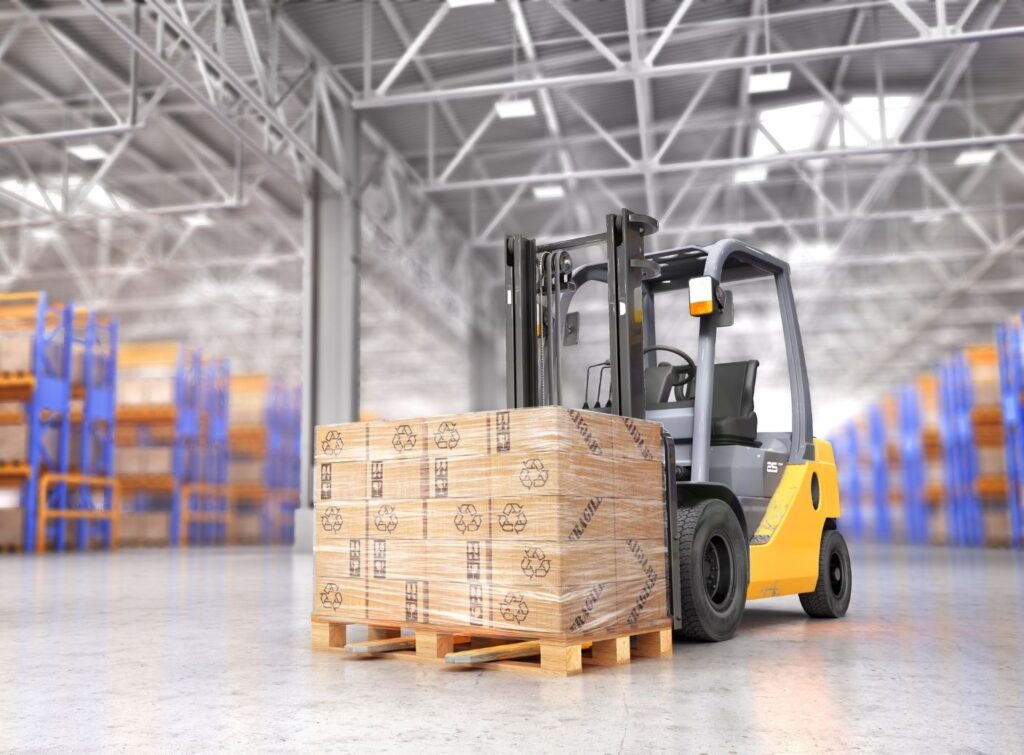
Choosing the right forklift for a job is crucial to ensure efficiency, safety, and productivity in a warehouse or industrial setting. With various types, sizes, and functionalities available, selecting the ideal forklift can seem like a daunting task. However, by considering specific factors, you can make an informed decision tailored to your operational needs.
Understanding Your Requirements
Selecting the right forklift for any job hinges on a detailed comprehension of your unique operational needs. Before delving into the world of forklift options, take a step back and evaluate the essentials.
Consider the weight and dimensions of the materials your forklift will handle. Are you dealing with hefty loads or lighter items? Understanding these parameters will help in pinpointing the necessary lifting capacity required by the forklift. You don’t want to end up getting the wrong forklift, so make sure to evaluate your requirements thoroughly before making any investments.
Assessing Load Capacity
Determining the load capacity requirement stands as a pivotal factor in the forklift selection process. Each forklift model boasts a distinct weight-handling capacity, a critical aspect that directly impacts operational safety and efficiency.
Ensuring that the chosen forklift can comfortably manage the heaviest loads within your facility is non-negotiable. Overloading a forklift poses significant risks, jeopardizing both the safety of personnel and the integrity of the materials being handled.
On top of that, adhering strictly to the manufacturer’s specified load capacity guidelines is paramount; it serves as a safeguard against potential accidents and equipment failure.
Considering the Operational Environment
The operational environment holds considerable sway in determining the ideal forklift for your needs. Factors like where the forklift will operate—indoors or outdoors—along with the nature of the flooring, aisle width, and terrain type, significantly influence the choice of forklift specifications.
For indoor settings, such as warehouses or manufacturing facilities, electric forklifts emerge as an excellent choice. These models boast zero emissions, ensuring a cleaner working environment. Additionally, their quieter operation makes them particularly suitable for noise-sensitive indoor spaces. Their maneuverability in narrow aisles and compact designs further enhances their efficiency within confined areas.
Considering Fuel Types
The choice of fuel type stands as a critical consideration when selecting a forklift, directly impacting its performance and suitability for specific operational settings. Forklifts are powered by various sources, including electricity, gas, diesel, or propane, each offering distinct advantages depending on the intended usage.
Electric forklifts have gained prominence for their eco-friendly nature and suitability for indoor applications. These forklifts produce zero emissions, making them an environmentally conscious choice.
Conversely, internal combustion forklifts, running on gas or diesel, are better tailored for outdoor use. These forklifts offer higher power output and longer operating hours, making them well-suited for demanding outdoor tasks.
Choosing the Right Forklift Type
Forklifts present a diverse array of types, each purposefully crafted to excel in particular tasks and environments. Understanding these distinctions is key to selecting the right forklift type that harmonizes with your operational demands.
Counterbalance forklifts stand out as versatile workhorses adept at a range of warehouse tasks. Their design allows them to balance loads at the front, making them suitable for general lifting and transportation duties.
For operations that involve narrow aisles and elevated stacking, reach trucks emerge as the ideal choice. Their specialized design facilitates precise maneuvering in tight spaces while allowing for efficient stacking at greater heights.
Choosing the appropriate forklift type that aligns precisely with the nature of the tasks at hand ensures not only optimal performance but also heightened efficiency. When considering the right forklift for your operations, MLA Holdings forklifts for rent and hire would be a wise choice.
Evaluating Maintenance and Service Requirements
Assessing the maintenance and service demands of a forklift is a fundamental step toward ensuring its durability and peak operational performance. Each forklift model comes with its unique set of maintenance requirements and servicing needs, which can significantly impact operational downtime and overall costs.
Before finalizing a forklift choice, it’s imperative to comprehensively understand the maintenance expectations of the selected model. Some forklifts might demand more frequent servicing or specialized maintenance protocols, potentially leading to increased operational downtime. Conversely, other models might offer simpler maintenance routines, requiring less frequent and less complex servicing.
Conclusion
Selecting the right forklift involves a thorough assessment of your operational needs, load capacities, environmental factors, and specific requirements. By considering these aspects and consulting with forklift experts, you can make an informed decision that maximizes productivity, safety, and efficiency in your workplace.







